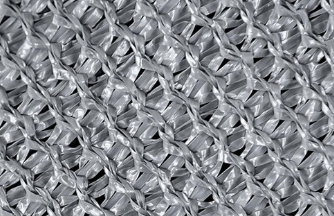Agriculture plays a vital role in feeding the global population, and the use of appropriate tools and materials can significantly impact crop yields and quality. One such tool that has gained increasing popularity is the agriculture sun shade net. These nets provide protection to crops, enhancing their growth by controlling light exposure, temperature, and protecting them from harsh weather conditions.
Sun shade nets, often used in greenhouses and outdoor farming, are designed to reduce the intensity of sunlight that reaches plants. By diffusing sunlight, these nets protect crops from excessive heat, which can lead to heat stress and poor development. The nets also help in preventing sunburn on sensitive plants, ensuring that crops grow at a steady pace and maintain their health.
Beyond temperature control, agriculture sun shade nets are also useful for reducing water evaporation. With controlled shading, moisture retention in the soil improves, leading to better water conservation. This is especially crucial in regions where water scarcity is a concern.
Another key advantage of using agriculture sun shade nets is the protection they provide from pests and birds. The fine mesh of these nets prevents insects from reaching the plants, reducing the need for harmful pesticides. Similarly, the nets keep birds away from fruits and vegetables, decreasing damage and ensuring that the crops remain intact.
Available in various densities and materials, these nets can be tailored to the specific needs of different types of crops. Whether it’s tomatoes, cucumbers, or strawberries, each crop benefits from a specific shade level, and the right net can optimize growth conditions.
In conclusion, agriculture sun shade nets offer a simple yet effective way to protect crops and improve overall farming outcomes. By regulating temperature, preserving moisture, and keeping pests at bay, they provide an essential tool for modern agriculture.



